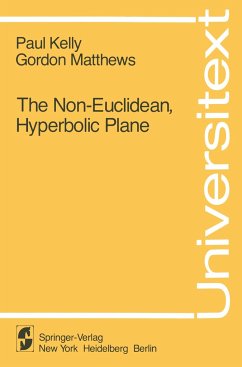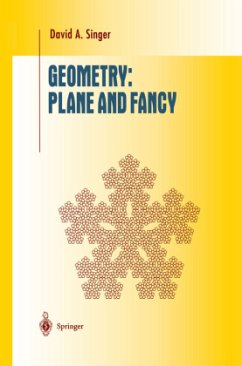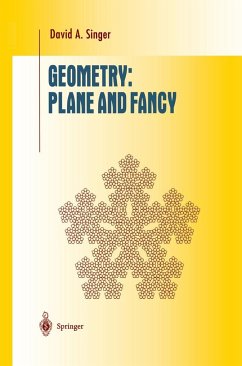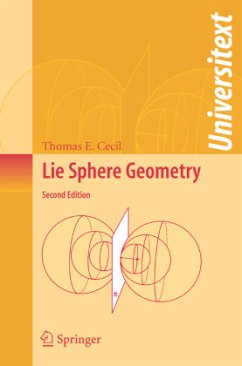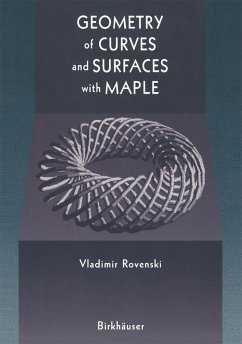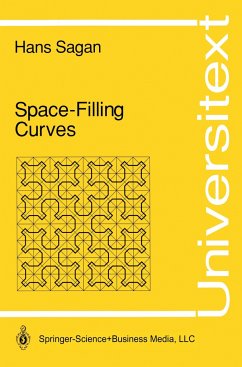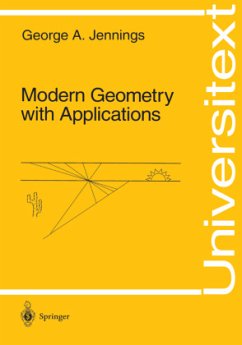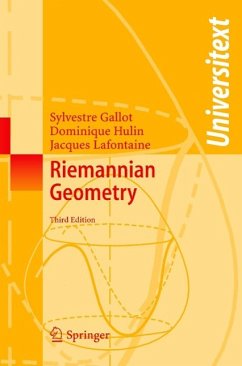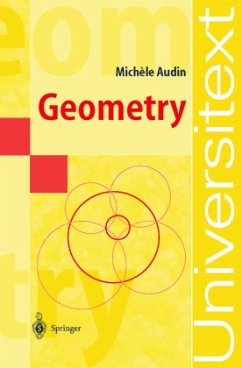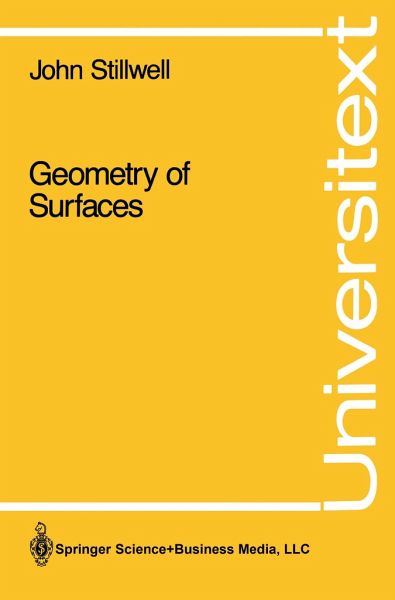
Geometry of Surfaces

PAYBACK Punkte
23 °P sammeln!
Geometry used to be the basis of a mathematical education; today it is not even a standard undergraduate topic. Much as I deplore this situation, I welcome the opportunity to make a fresh start. Classical geometry is no longer an adequate basis for mathematics or physics-both of which are becoming increasingly geometric-and geometry can no longer be divorced from algebra, topology, and analysis. Students need a geometry of greater scope, and the fact that there is no room for geometry in the curriculum un til the third or fourth year at least allows us to assume some mathematical background. W...
Geometry used to be the basis of a mathematical education; today it is not even a standard undergraduate topic. Much as I deplore this situation, I welcome the opportunity to make a fresh start. Classical geometry is no longer an adequate basis for mathematics or physics-both of which are becoming increasingly geometric-and geometry can no longer be divorced from algebra, topology, and analysis. Students need a geometry of greater scope, and the fact that there is no room for geometry in the curriculum un til the third or fourth year at least allows us to assume some mathematical background. What geometry should be taught? I believe that the geometry of surfaces of constant curvature is an ideal choice, for the following reasons: 1. It is basically simple and traditional. We are not forgetting euclidean geometry but extending it enough to be interesting and useful. The extensions offer the simplest possible introduction to fundamentals of modem geometry: curvature, group actions,and covering spaces. 2. The prerequisites are modest and standard. A little linear algebra (mostly 2 x 2 matrices), calculus as far as hyperbolic functions, ba sic group theory (subgroups and cosets), and basic topology (open, closed, and compact sets).





